30″ Legroom Explained and Why American Doesn’t Have Onboard Showers
If you missed the first part of my three-part series covering my interview with Doug Parker, the CEO of American Airlines, you can read it here. In part one, I provide a brief explanation of how I’m going to structure the interview. Additionally, I reveal how to become the CEO of the world’s largest airline.
In part two, I’m going to delve into the juicy stuff. In this post, I’m going to recap what Mr. Parker and I discussed concerning the passenger experience, international first class, and unfair competition from Middle Eastern carriers. I’ve decided to combine the AAdvantage program with part three, the future of American Airlines.
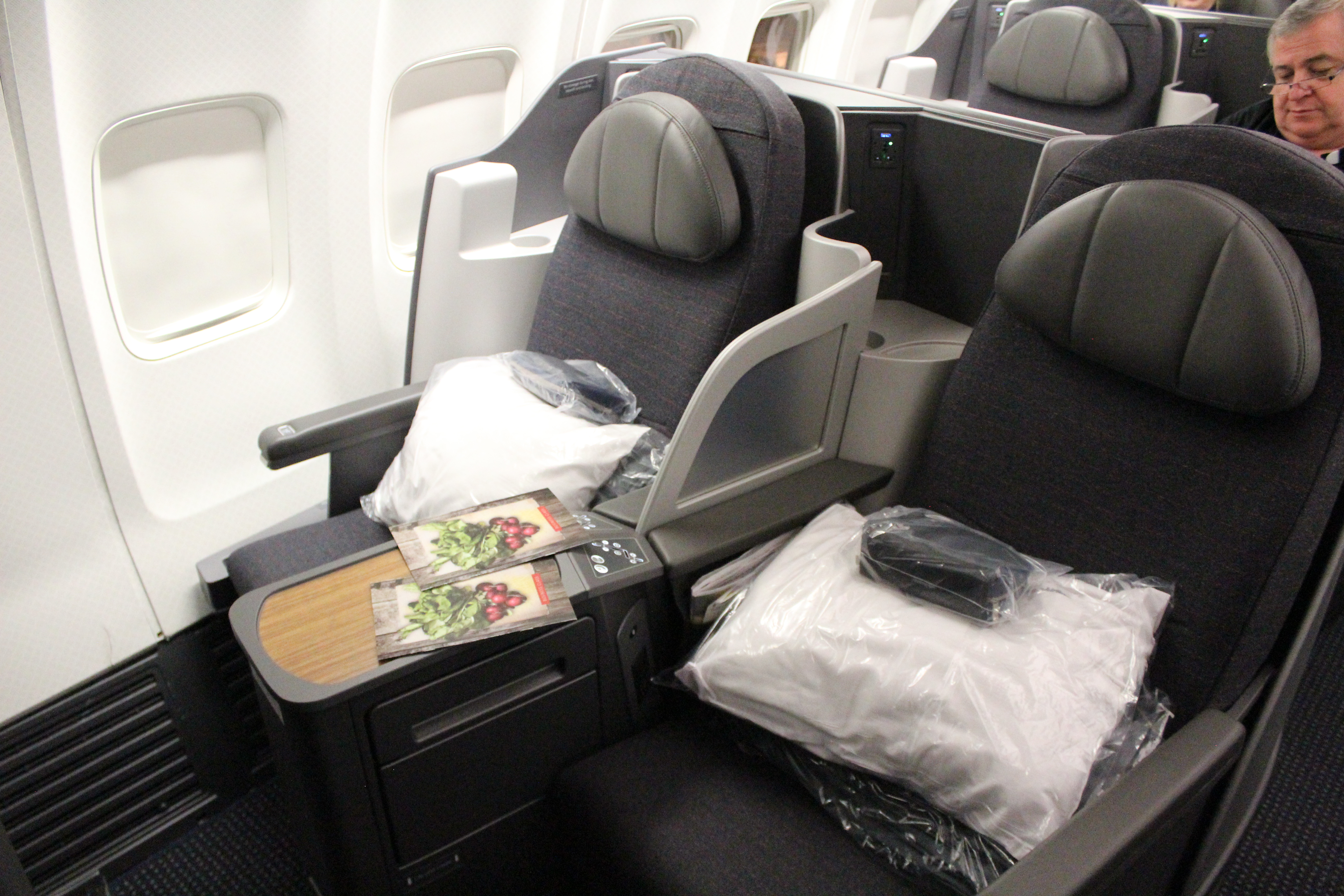
American Airlines new Boeing 757 Business Class
“Is American going to remain a full-service carrier or move towards a more low-cost carrier model?”
This was the first question I asked as we transitioned to questions regarding the American Airlines passenger experience. That question was in direct response to American’s decision to go with 30-inch pitch on their new Boeing 737 MAX-8s. Additionally, three rows in the rear of the aircraft will receive 29-inch pitch. In response to the announcement that American would shrink the overall pitch in the main cabin, many bloggers accused American Airlines of caving to the low-cost and even ultra-low-cost carrier model.
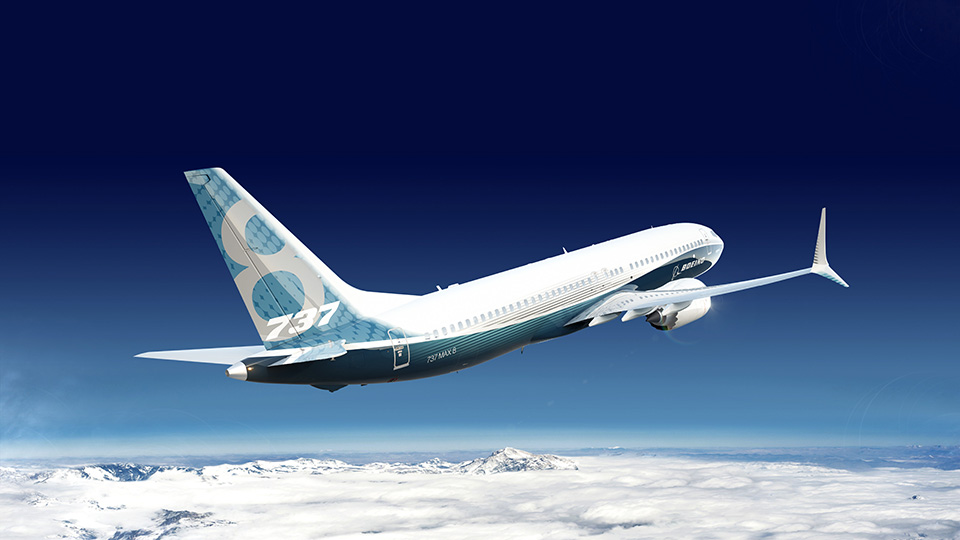
The Boeing 737 MAX 8 (Image: Boeing)
In addition to shrinking the pitch in the main cabin, American made the decision not to install seatback in-flight entertainment on new aircraft including the Boeing 737 MAX-8. This announcement also lead to backlash among travelers and bloggers.
Having seen the numerous complaints and concerns among many frequent flyers and passengers, I decided that this would be one topic that I didn’t sugar coat the questions.
In response to the question of rather or not American was moving towards a low-cost carrier model, Mr. Parker said, “No. Not at all. As a matter of fact, the opposite. You know, one person goes out and prematurely releases that we’re going to have three rows with 29-inch legroom and causes an uproar. No, we’re not moving towards becoming a low-cost carrier.” Mr. Parker went on to explain why he believes that 30-inch legroom won’t be noticeable. “These new slimline seats allow us to put more seats on a plane while at the same time, keeping the same level of comfort. I’ve sat in the slimline seats and I couldn’t tell the difference. Without having those bulky seatback TVs, you also get more room in front of you.”
I actually agree with Mr. Parker here. On the surface, removing an inch of legroom (two inches in a select three rows) seems like it would mean decreased comfort. However, Mr. Parker is right. Slimline seats allow airlines to add seats without sacrificing passenger comfort. I’ve flown on Frontier a few times and I’ve got to say, their slimline seat is fairly comfortable. American’s new slimline seat will be more like what’s offered on Alaska Airlines and United. With that said, I honestly don’t see passengers noticing that big a change when it comes to 30-inch pitch versus 31-inch pitch.
“So do you not believe that removing seatback in-flight entertainment will hurt the overall customer experience?”
Mr. Parker responded to my question saying, “No. I mean, sure they’re neat to have but they’re not what the future passenger will demand. They’re constantly in need of updating and they’re bulky.” He then asked me, “Where would you rather watch content, on your phone through like Netflix or HBO or on a TV screen with limited content?” I responded, “Yeah, I’d use my phone.”

American Airlines Seatback In-Flight Entertainment (Image: American Airlines)
Mr. Parker explained that new aircraft, starting with the arrival of the Boeing 737 MAX, will feature much faster in-flight wi-fi. Currently, American uses plane-to-tower wireless internet supplied by Gogo. With the arrival of the Boeing 737 MAX, American will introduce satellite wi-fi which is much faster and has more bandwidth than American’s current onboard wifi.
“So is American installing Gogo 2KU or something else?” I asked. “Yeah, so we’re doing both ViaSat and 2KU. I don’t know the specifics on what aircraft will get what but both are satellite based and much faster. You’ll be able to stream Netflix and other paid services.” he responded.
In addition to American Airlines installing satellite wi-fi on future aircraft deliveries, all new aircraft will receive power AC power outlets and USB outlets. This allows passengers to use their own devices and stream their own content.
I still like when an aircraft features seatback in-flight entertainment. It really is an old-school way to do in-flight entertainment but there’s just something about those stylish monitors that makes the whole experience seem more premium and polished.
“Has American considered doing like a mini-premium economy cabin on domestic flights, like what Alaska and Virgin America offer?”
Alaska Airlines and Virgin American both offer a premium economy product on their flights. On all flights, Virgin America offers Main Cabin Select which offers passengers six inches of extra legroom, free premium food, free alcoholic beverages, and priority boarding. American currently offers Main Cabin Extra on nearly all of its flights, however, Main Cabin Extra only offers extra legroom and early boarding.
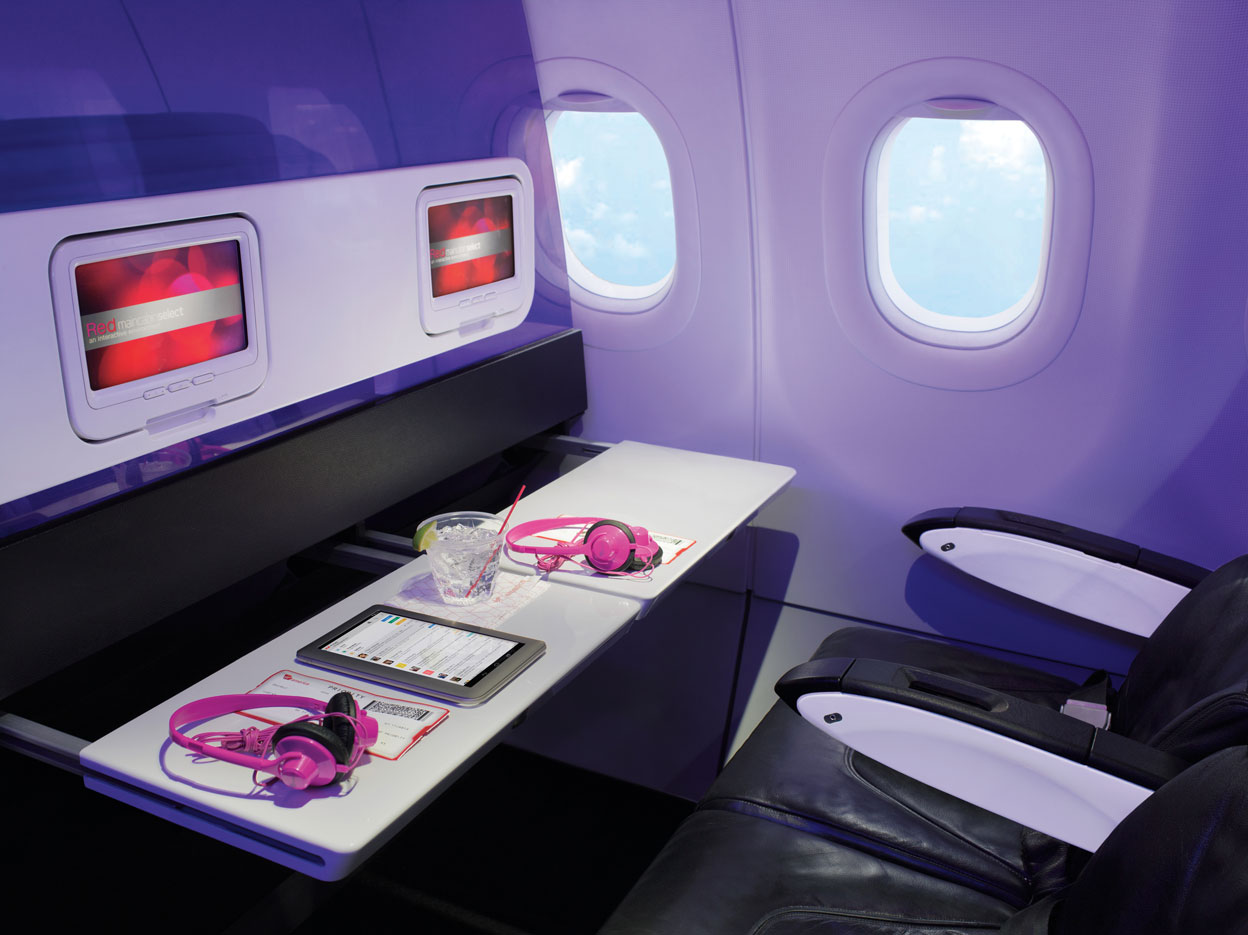
Virgin American Main Cabin Select (Image: Virgin America)
I could tell that this question had definitely come up before for Mr. Parker. He responded, “So, yes. We have considered something like that but it gets complicated. It’d be great if it was as easy as putting some seats on a plane and calling them premium economy but it’s not that easy. When you do that, it often requires an additional flight attendant and new upgrade guidelines for elite passengers.” I could tell that this was something the American Airlines team has certainly considered. However, at the moment, don’t expect anything like Main Cabin Select in the near future.
“American is featuring less and less of its Flagship First Class product, any possibility we might see more Flagship First Class on new aircraft?”
Mr. Parker responded, “Um, probably not. You know, business class is where the demand is at. A lot of our international premium class demand comes from business travelers. Many companies don’t allow their employees to book international first class but they will let them book business class. There’s just not enough demand for a lot of first class seats.” Mr. Parker went on to say, “American is doing a lot to upgrade its business class product. We’ve added more lie-flat seats, more power outlets, wi-fi service, better food all to make our business class product stand out.”
I was a little letdown, however, I was pretty sure I already knew the answer to that question. For US carriers, international first class is just not profitable.

American Airlines International Business Class (Image: American Airlines)
“So, I mean, I know you’re aware of the unfair competition by the Middle Eastern airlines, and I guess what I’m asking is, is there really unfair competition?”
“Oh yeah, for sure.” Mr. Parker responded. “We know there’s unfair competition between us [American, Delta, and United] and the Middle Eastern airlines.” The unfair competition is in reference to three Middle Eastern airlines, Emirates, Etihad, and Qatar. Those three airlines receive billions in annual subsidies from the countries in which they are based. Those subsidies allow those three airlines to fly otherwise unprofitable routes. The point of flying unprofitable routes is to get connecting passengers to visit the countries of Qatar and the United Arab Emirates.
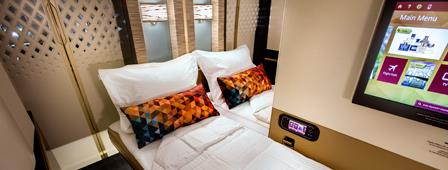
Etihad First Class featuring an onboard shower (Image: Etihad Airways)
I asked Mr. Parker, “Is there anything being done to curb that unfair competition?” He responded, “The last administration helped a little. Now, we’re just waiting to see what the current administration will do to help us out.” I remarked, “That’s right up Trump’s wheelhouse; foreign trade that is.” He chuckled.
I asked another question about the Middle Eastern three, “What if American, and excuse me if this comes off confrontational, just matched the service provided by those airlines?” Mr. Parker responded, “I’d love to be able to put bars and showers on planes and fill our planes with exquisite first class seats but it’s not profitable. Unless the US government wants to give us $50 billion dollars, we could match the service but without $50 billion in subsidies, we’re going to lose money.”
Overall
You might not like what US airlines are doing but it makes sense. Airlines need to remain profitable in what’s proving to be a more competitive market. More and more passengers are turning to basic economy fares and low-cost carriers.
Mr. Parker reaffirmed American Airlines’ promise to remain a full service and passenger oriented airline. It was reassuring to hear that American will invest in fast in-flight wi-fi and power outlets for all passengers. Additionally, the few executive team members I talked to were very positive about the future of American Airline’s onboard product. It may look bleak with less legroom and less international first class but American is still investing millions into improving the passenger experience.
It was also really interesting to hear Mr. Parker explain the Middle Eastern three dilemma. It truly is a complicated situation. As Middle Eastern airlines continue to serve more routes that aren’t just the US to the Middle East but rather the US to Europe, it makes Trans-Atlantic service unprofitable for US airlines. It’s going to be interesting to see what the new administration will do to address this issue.
What do you think of the future of American Airlines’ onboard product and service?

American Airlines’ new IOC



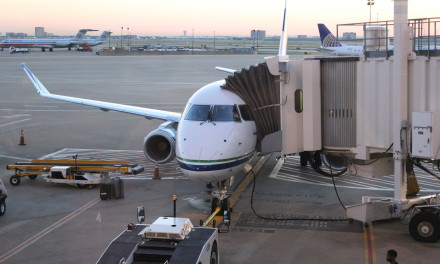
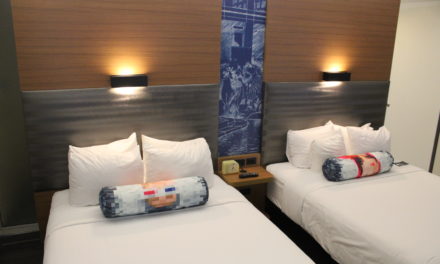
Will the new planes without Tvs have slot to hold your pad or phone in seat back? You should have asked that!
Tip: Majoring in business is a huge mistake, will not teach you to how to solve problems. Major in Engineering and that will teach you to be pragmatic and solve problems in any work field. But then majoring in Engineering is hard work.
Or at least get a Economics degree … anything but FINANCE!
Majoring in business will turn you into a Corporate Tool.
Thanks but no thanks. I don’t care if I’m labeled as a corporate tool, it’s what I want to do.
-Max P.
I’d ask him about the SIGNIFICANT devaluation of the AAdvantage program. Specifically with how there are practically NO saver awards available anywhere, and even full priced awards are slim pickings at best. Nearly every travel blog has noted how the AAdvantage program has gone from being a rather program to one that nearly useless. I’d like to see his responses with pointed question on this case.
Coming up on Wednesday! Part 3 is mostly about the AAdvantage program.
-Max P.
Didn’t see anything about Saver awards in part 3
Clear case of Stockholm Syndrome.
Or you know, maybe I’m not blatantly anti-Airline. There was a time that people understood that airlines were businesses. I don’t always agree with Mr. Parker but he was kind enough to sit down with me and talk about the industry.
-Max P.
Ok, let’s say you’re *subtly* anti-airline. Another symptom of Stockholm Syndrome is no sense of humor.
In response to your conclusion, JetBlue appears to be a model of profitability while providing seat pitch, wifi, IFE, snacks and Mint.
Parker and his team have devalued, cut and reduced service and Advantage to the point where 30 year, EXP loyalists are opting out. The upside is that will provide AA apologists a better shot at using an SWU.
Nice post. I disagree that Slimline seats are as good as regular seats but on short routes it matters very little to me. What I don’t want to see is the Slimline seats on 2+ hour flights. As a tall traveler they just aren’t as good.
Slimline seats shouldn’t impact legroom. Maybe I’m just too short to understand what it’s like to fly and be tall.
-Max P.
[…] blogger and teenager The Unaccompanied Flyer interviewed American Airlines CEO Doug Parker and asked about the airline’s plans to squeeze more seats into Boeing 737s — meaning […]